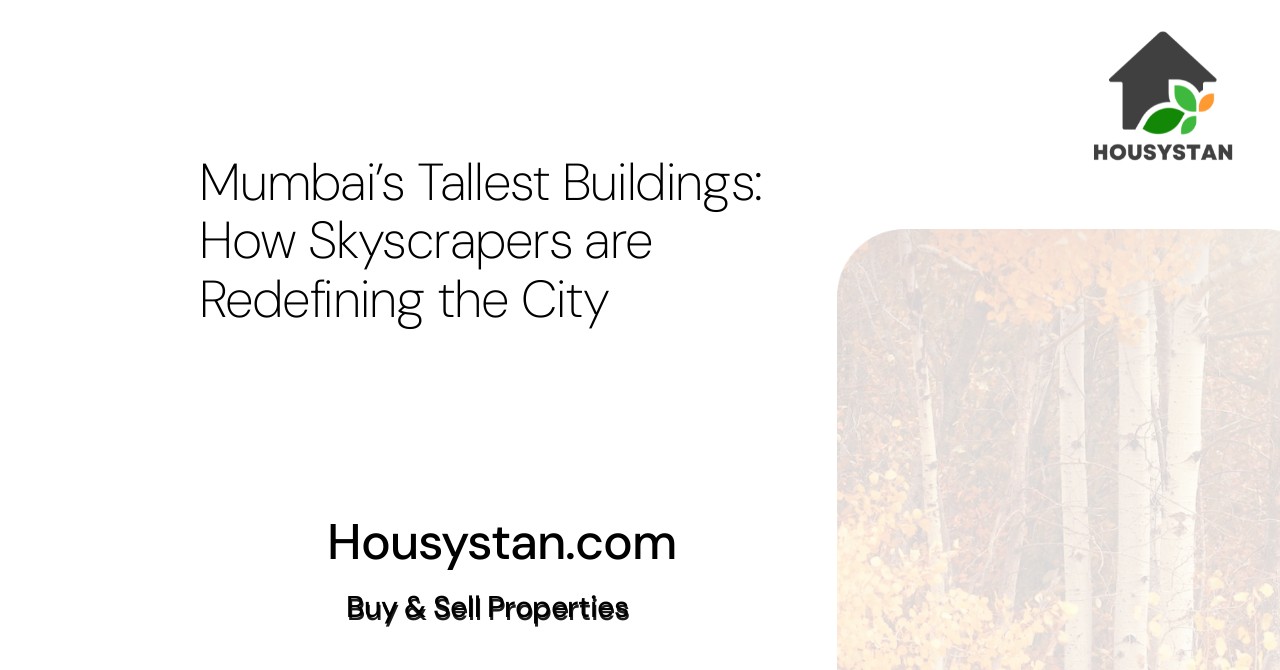Mumbai’s Tallest Buildings: How Skyscrapers are Redefining the City
Read latest blogs and articles from Housystan

The Information mentioned here was last updated on:
14/12/2025Mumbai, often recognized as the financial capital of India, is experiencing a dramatic transformation with the rise of towering skyscrapers that redefine its iconic skyline. These architectural marvels are not just symbols of luxury and affluence but also represent the city's rapid urbanization, ambitious real estate developments, and growing population density. From the heart of South Mumbai to the bustling suburbs, high-rise buildings are changing the way Mumbaikars live, work, and experience their vibrant metropolis.
The demand for premium residential and commercial spaces has led to the construction of some of the tallest buildings in India, making Mumbai a focal point for vertical growth. Structures like Palais Royale in Lower Parel, World One in Worli, and Lodha The Park highlight the city’s drive toward modernity and sophistication. These skyscrapers offer breathtaking panoramic views of the Arabian Sea, state-of-the-art amenities, and cutting-edge sustainability features, attracting both investors and homebuyers seeking an elevated lifestyle amidst the urban chaos.
Skyscrapers are reshaping Mumbai’s real estate market by optimizing land use in a city where space is at a premium. Vertical expansion allows developers to create luxurious apartments, world-class offices, and mixed-use complexes without encroaching on the city’s limited ground area. This shift not only addresses housing shortages but also boosts economic growth by drawing multinational corporations and fostering global business opportunities within the city limits.
- Verified Tenants/Buyers
- Unlimited Property Listing
- Zero subscription/charges fee
The emergence of high-rise buildings is also influencing Mumbai’s infrastructure and connectivity. Proximity to major transport hubs, business districts, and entertainment centers is a significant advantage for residents and businesses alike. Moreover, the integration of smart building technologies ensures safety, energy efficiency, and comfort, aligning with the city’s vision of sustainable urban development.
For anyone searching for premium real estate in Mumbai, these iconic skyscrapers symbolize both aspiration and advancement. They stand as testaments to Mumbai’s spirit of innovation, making the city a beacon for global investors, professionals, and families. As the skyline reaches new heights, Mumbai continues to cement its status as a world-class urban destination, blending tradition with modernity in every soaring structure.